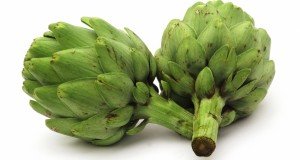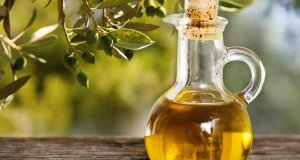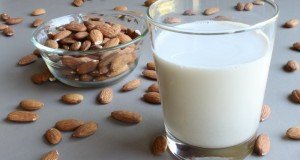Conventional spices treated with hazardous chemicals
(NaturalHealth365) With its long history, spices have been explored, traded, and battled over. Treasured for thousands of years, they were rare and precious items used for medicine, flavoring, incense, and perfume.
Today, spices still have incredible medicinal properties from curbing hunger and boosting metabolism to fighting inflammation and killing cancer. However, they are so plentiful in current times that most people only think of them as flavoring for food.
While spices are added to food to enhance flavor and boost nutritional value, they are also used to preserve food for freshness. Unfortunately, many of the spices we find on our supermarket shelves have been treated with dangerous methods for their own preservation. In fact, nearly all conventional spices in the United States have been treated with these methods that have been banned by nations like the European Union and Japan.
Banned in Europe: The dangers of the ethylene oxide gas method
Used as a cold sterilization method for spices, ethylene oxide (a colorless gas) has been the choice of most spice manufacturers due to its strong sterilizing and fumigating effect on microbiological populations. Despite its strong sterilizing effect, ethylene oxide is known to be toxic to humans. Because of its toxic nature, there are many nations – such as the European Union – that have restricted its use in foods.
In 2003, the World Health Organization issued a 63 page Concise International Chemical Assessment specifically on ethylene oxide and identifying it as a harmful substance to humans. In the document, they showed dangerous reproductive, neurological, genetic, and other non-neoplastic effects. The ill effects of ethylene oxide have contributed to several cancers including stomach, pancreas, brain, and blood cancers.
In 1991, the European Union starting banning ethylene oxide in foods – especially spices and vegetable seasonings. For decades, the United States has been under strong pressure to ban the dangerous toxin. Yet, with no real surprise, It has yet to do so.
SHOCKING PROBIOTICS UPDATE: Discover the True Value of Probiotics and How to Dramatically Improve Your Physical, Mental and Emotional Wellbeing with ONE Easy Lifestyle Habit.
Banned in Japan: The dangers of the irradiation method
Irradiation of spices has also been a very effective method of reducing microbiological populations. Though bacteria and other contaminants are killed using this X-ray like electromagnetic radiation – the chemical composition of spices (nutrient value) is lost.
In a recent study published in the Food Chemistry journal, gamma-irradiation and modified atmosphere packaging had negative effects on several spices – including thyme, rosemary, cumin, and black pepper. Significant changes in color values and essential oil yield was lower.
Another study published in the Journal of Agricultural and Food Chemistry also found negative effects with gamma-irradiation on 9 common spices: basil, bird pepper, black pepper, cinnamon, nutmeg, oregano, parsley, rosemary, and sage. Irradiation resulted in a general increase of quinone radical content in all samples.
After three months, the fate of these radicals were investigated. The cellulose radical was clearly observed in a few samples. However, significant losses of important nutrients – ascorbate and carotenoids – were observed in all samples.
Take action: Find out how to choose spices safely.
Methods using harmful chemicals like ethylene oxide, as well as irradiation, are not allowed to be used for certified organic spices. Therefore, it’s best to choose organic. Always check the expiration date of your spices as well as they do not get better with age like wine. Old spices lose their nutrient value just as other living foods do with age.
About the author: Abby Campbell is a medical, health, and nutrition research writer. She’s dedicated to helping people live a healthy lifestyle in all aspects – physically, mentally, emotionally, and spiritually. Abby practices, writes, and coaches on natural preventive care, nutritional medicine, and complementary and alternative therapy.
References:
https://www.who.int/ipcs/publications/cicad/en/cicad54.pdf
Gould, G. (1995). New Methods of Food Preservation. Springer Science + Business Media Dordrecht. Acorn Bookwork, Salisbury, Wiltshire.
https://www.sciencedirect.com/science/article/pii/S0308814614000089
https://pubs.acs.org/doi/abs/10.1021/jf020739n











